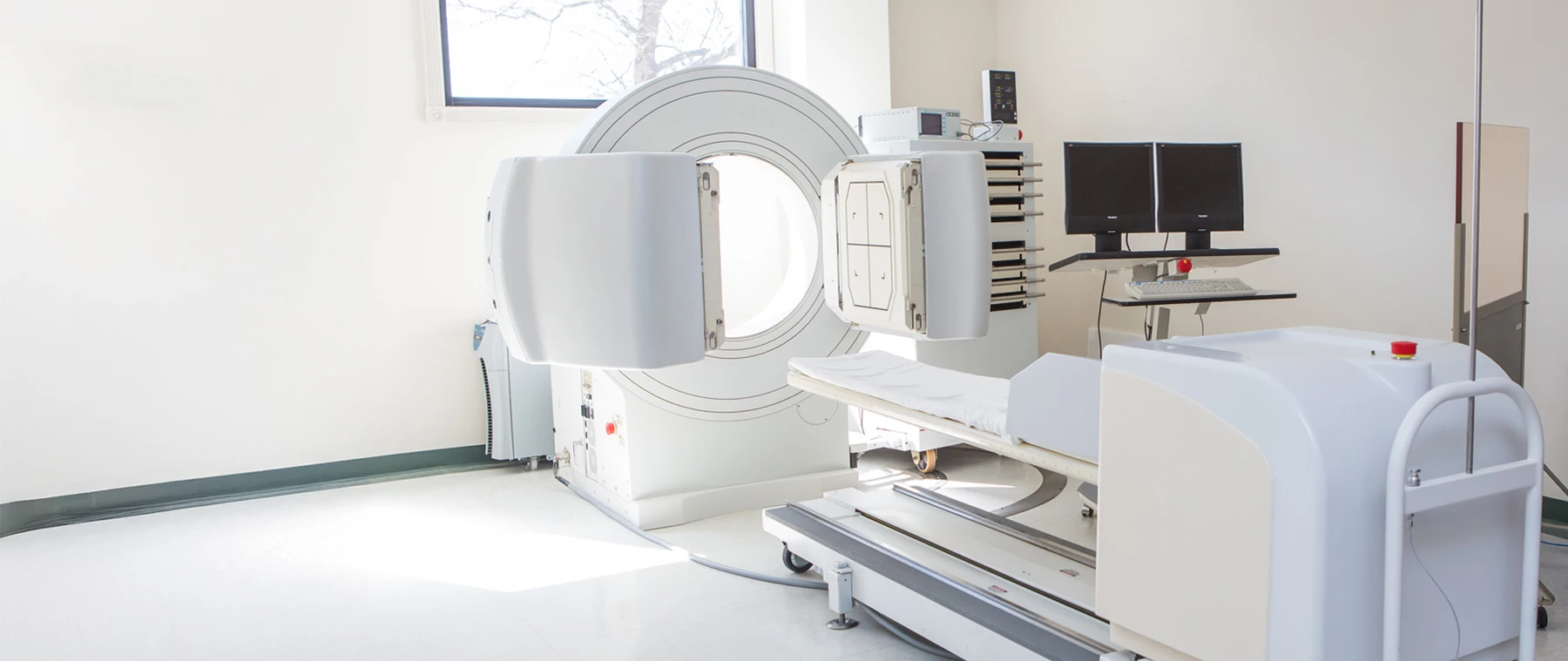Multiplanar Neck CT
Tests provide physicians with additional perspectives.
What to expect
Refrain from eating and drinking 4 hours prior to your exam
Bring bloodwork, BUN and creatinine levels if you are diabetic
Bring your doctor’s prescription, insurance card, and a picture ID
Images capture details that may otherwise be missed
When diagnosing diseases and other potential problems inside the body, and deciding on the proper treatment course, it's helpful for physicians to have as many viewpoints as possible. In short, some anatomical conditions simply aren't visible from certain angles.
The Multiplanar Neck CT Procedure
Traditional CT scans capture images from a limited number of perspectives. However, Main Street Radiology uses advanced CT technology that provides images along a number of different planes.
How Does It Work?
- Traditional CT scans capture images from a limited number of perspectives. However, Main Street Radiology uses advanced CT technology that provides images along a number of different planes.
- This multiplanar CT is routinely performed in the head and neck region, including the soft tissues of the neck, temporal bones in the skull, and sinuses.
- Multiplanar imaging is also utilized in many other areas, including the liver, kidneys, pancreas, and extremities.
History: A 62-year-male with goiter – an enlargement of the thyroid – came to Main Street Radiology for a pre-operative evaluation.
Technique: Multiplanar CT of the neck was performed on a 16-detector spiral CT during the dynamic injection intravenous contrast. Images were obtained with 0.75 mm collimation (slices) with reconstruction of 2D and 3D images in multiple planes.

Figure 1

Figure 2

Figure 3

Figure 4
Findings: Conventional axial image (Figure 1) shows a right lobe thyroid mass (M) and a small isthmus nodule (arrow). On the coronal image (Figure 2), displacement of the trachea (T) and right carotid artery/jugular vein (red arrow) by the mass (M) is seen. 3D CT angiography/venography of the neck (Figure 3) also shows the displacement of the right common carotid artery and internal jugular vein (arrow). Curved planar reformatted image in the frontal projection (Figure 4) shows the entire thyroid gland (M = mass; L = left lobe; I = insthmus nodule).
Discussion: Neck CT's at Main Street Radiology are performed with sub-millimeter slices, enabling mutiplanar 2D and 3D reconstructions. Due to the thin slices, nearly "isotropic" volume acquisition is obtained, which enable high-resolution images to be generated in any plane. Multiplanar imaging can be helpful in defining anatomy, especially for surgical planning. This includes high-resolution imaging of the laryngeal cartilage (yellow arrows on Figure 2) which was previously not possible with routine CT exams.
Already Scheduled for A CT-Scan?
Already Scheduled for A CT-Scan?
Learn how to prep for your medical procedure.
Five convenient locations
Schedule an Appointment
Online
Fill out this form and we'll contact you as soon as possible. Please do not include any personal or financial information when using this form.
By Phone
Call or text to schedule an appointment. You may text us any required information (name, date of birth, and a picture of your prescription.) and a scheduling representative will be in touch.
- Call Us: (718) 428-1500
- Text Us: (929) 430-2761
HOURS
Monday-Friday: 8 a.m. to 8 p.m
Saturday: 8 a.m. to 4 p.m.
Sunday: 8 a.m. to 2 p.m. (Flushing Office Only)

